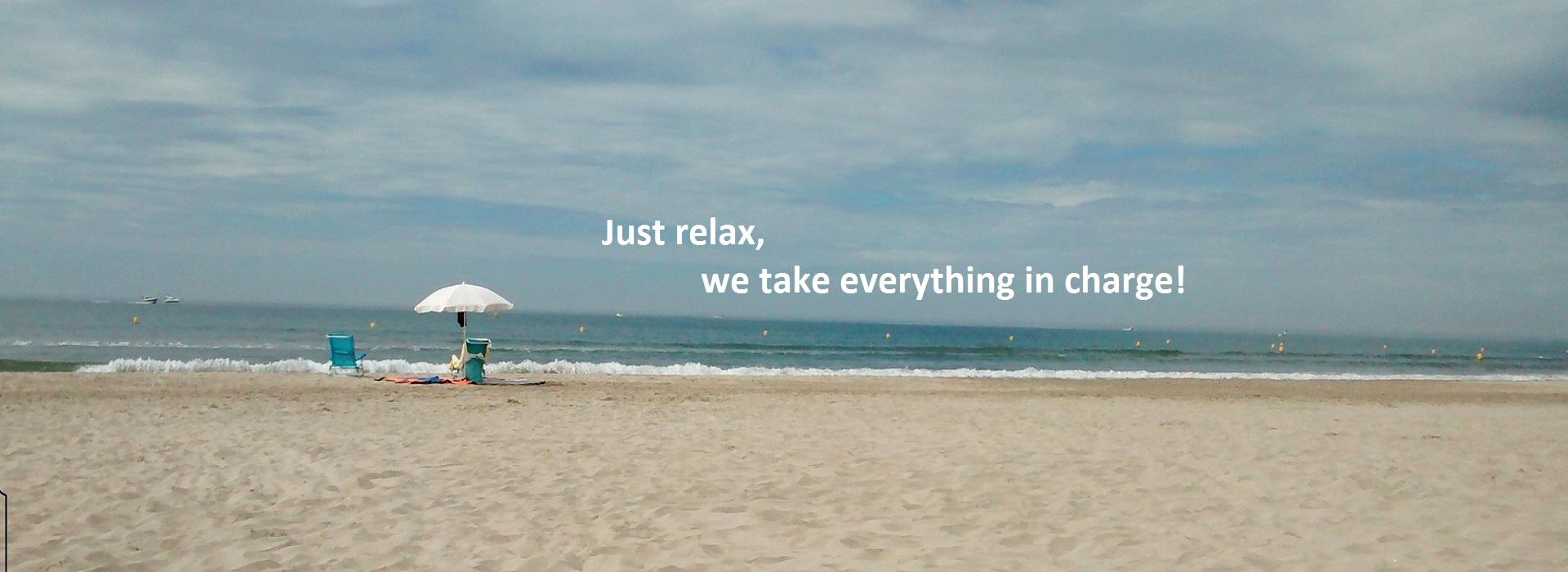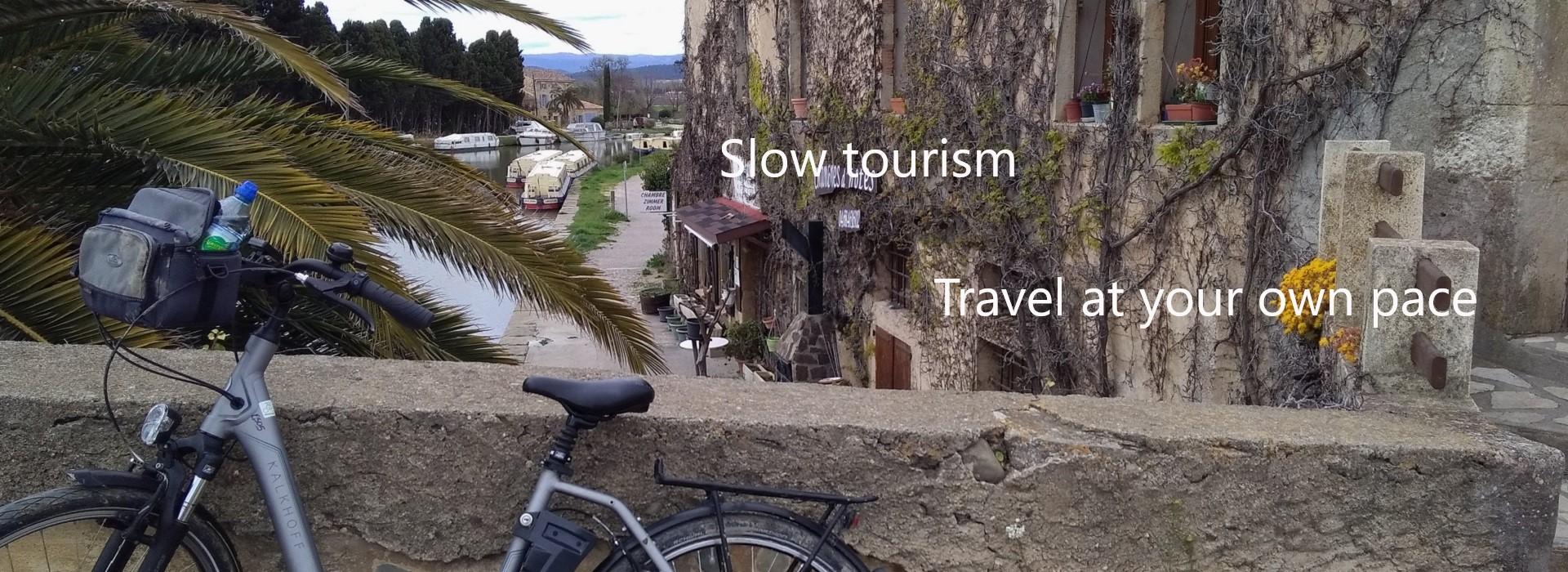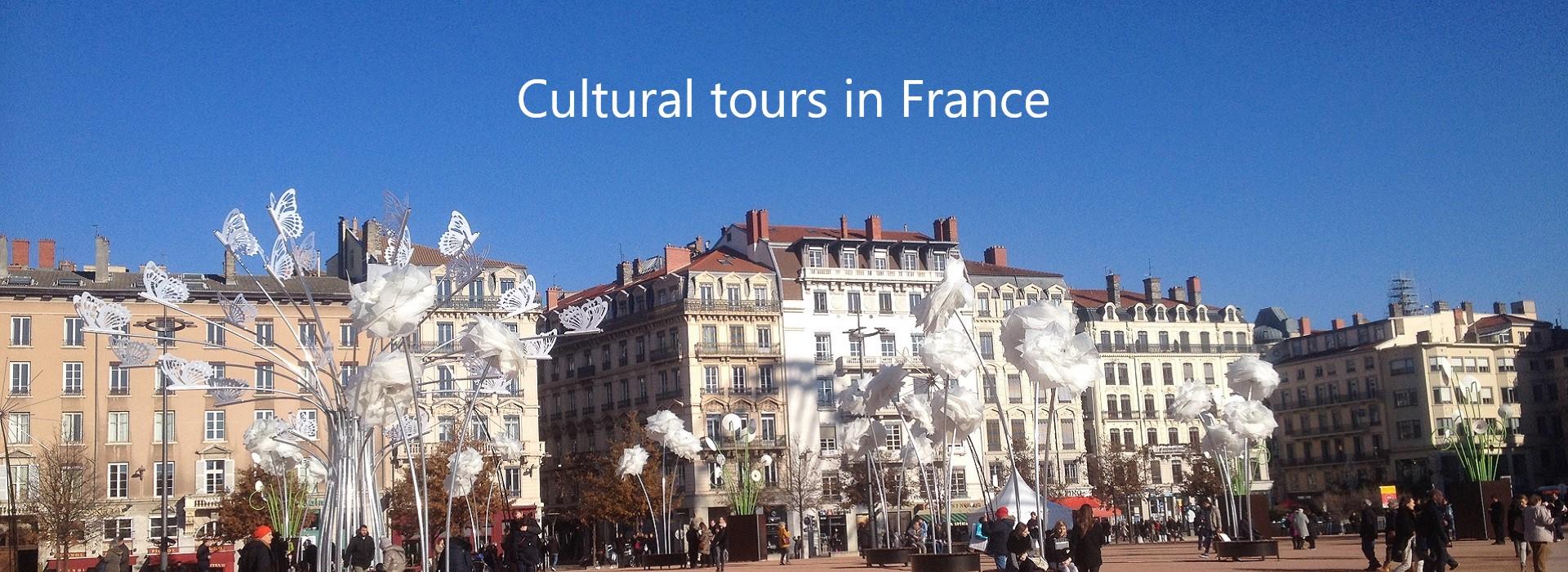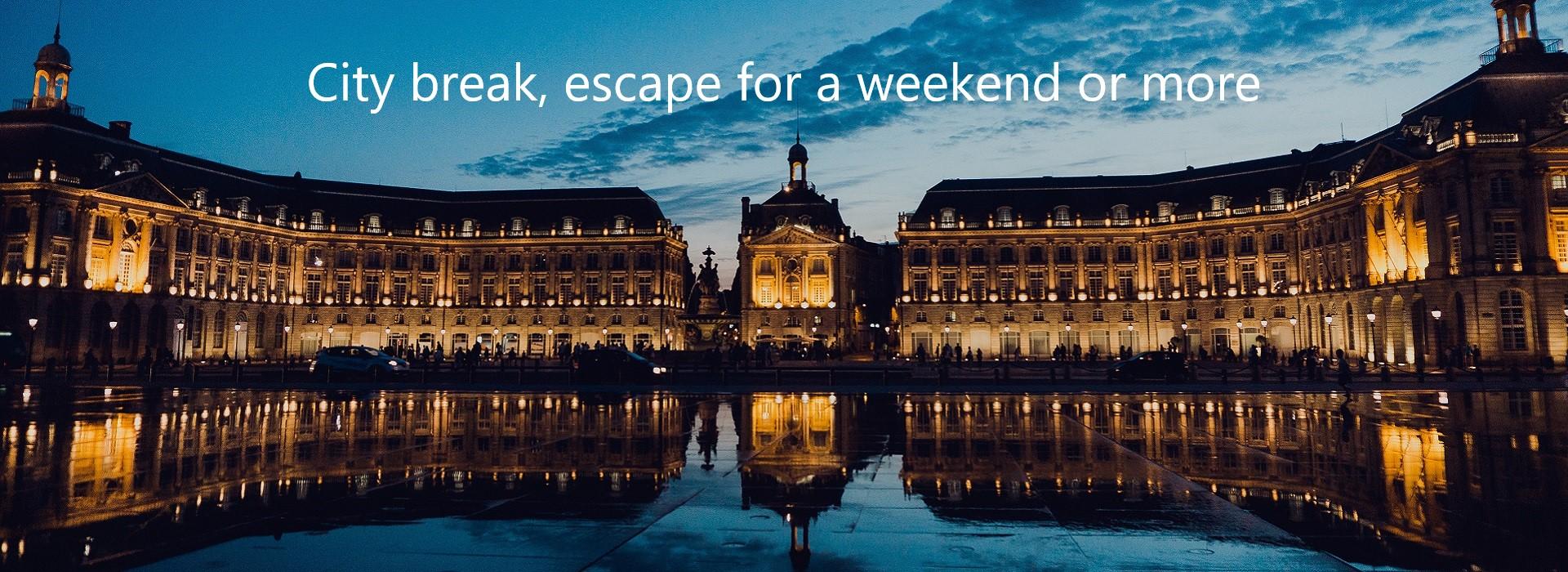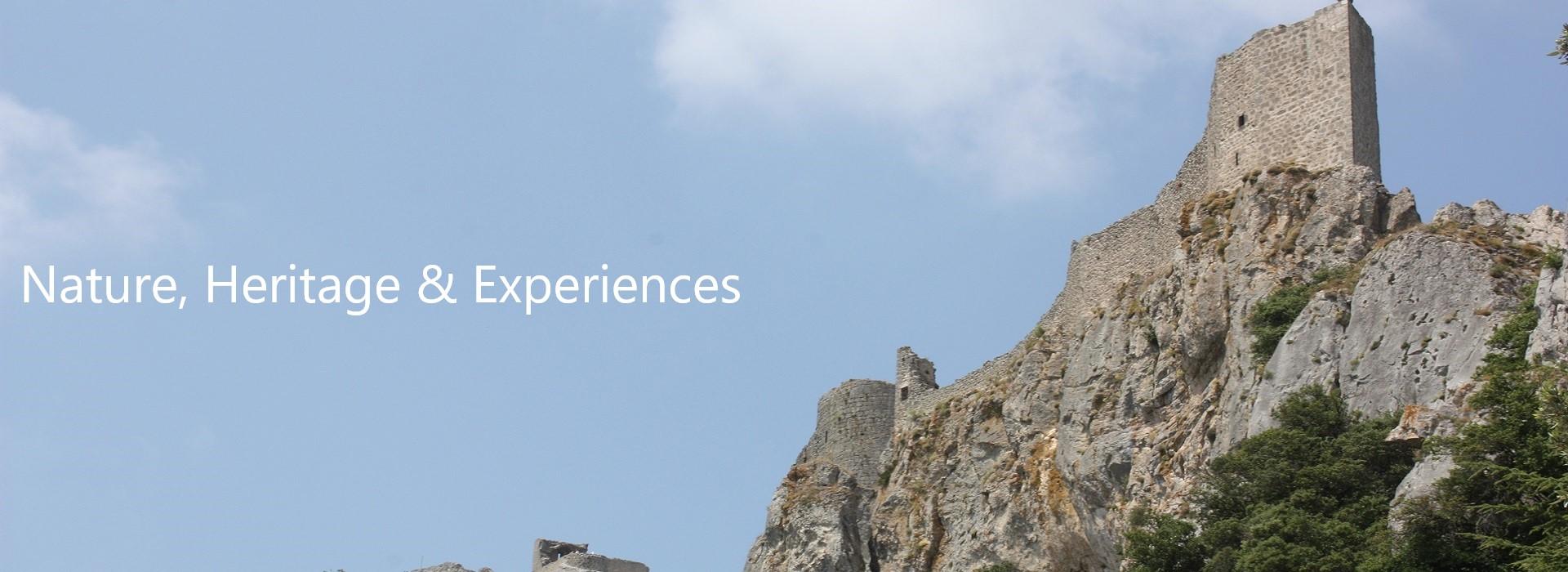A weekend in Albi: must-see list
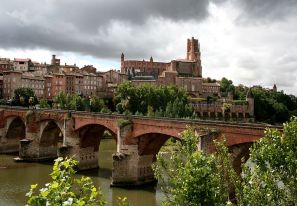
Since 2010, the historical center of Albi has been classified as world heritage by UNESCO. Located in the Midi-Pyrénées region and based around the Tarn, this episcopal city has just under 49 000 inhabitants and attracts some 800 000 visitors per year from all over the world. Its brick buildings have earned it the nickname of “the red town”.
Whilst the outer façade is impressive for its proportions and color, don't miss the majestic blue of the interior. Visitors can't help but notice that every vault and all the walls are painted in their entirety (a total surface of 18 500 m2), the only such instance in Europe. Be sure to visit the choir: This exceptional example of stone filigree is made up of 150 sculptures of angelic musicians, saints, etc ...
Although he died when he was only 36, Toulouse Lautrec was nonetheless a prolific artist: the catalogue raisonné of his works, published in 1971, mentions 737 paintings, 275 watercolors, 369 lithographs and about 5 000 drawings.
The visitor will not only find an exceptional collection of the painter's drawings, posters and paintings, but may also visit the Palace and its staterooms.
Not to be missed: a trip along the banks of the Tarn, on foot or by boat, a stroll amongst the narrow streets to admire the facades and courtyards, and for foodies, a visit to the markets where you will find a whole range of local produce, such as Lautrec garlic, Gaillac wines, duck steaklets, foie gras, goat cheese…
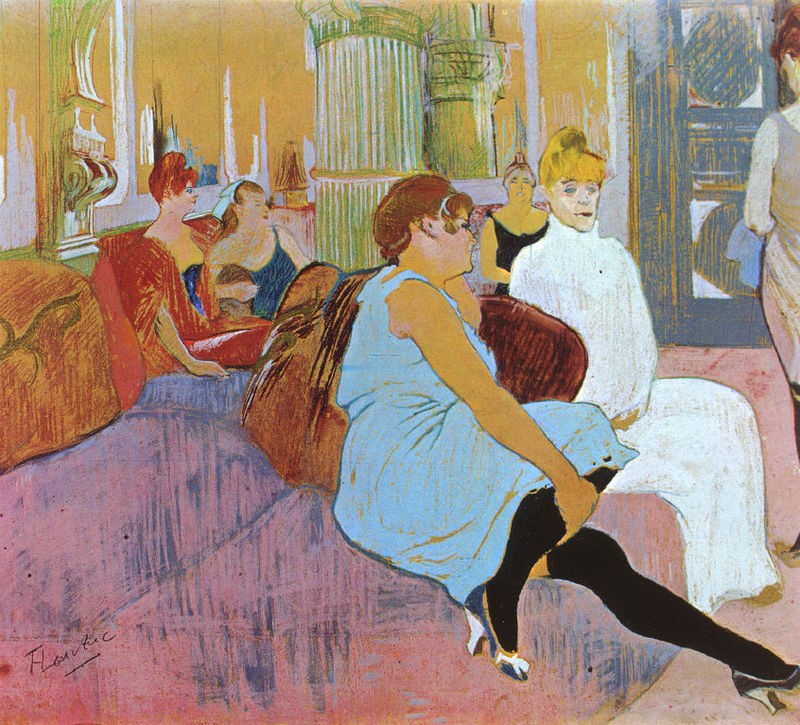 �
�
The Salon in the Rue des Moulins (1894), pastel, Albi, Toulouse Lautrec Museum.
Legend has it that Saint-Salvi was the city's first bishop (574-584 DC). Don’t miss the choir. Although in a very poor state of repair, today it is a beautiful garden and a place of peace.
The St. Cecilia Cathedral
This southern Gothic style cathedral has a unique claim to fame: it is the largest, brick-built cathedral in the world. Construction began in 1282 and ended with a bell-tower 78 meters high.Whilst the outer façade is impressive for its proportions and color, don't miss the majestic blue of the interior. Visitors can't help but notice that every vault and all the walls are painted in their entirety (a total surface of 18 500 m2), the only such instance in Europe. Be sure to visit the choir: This exceptional example of stone filigree is made up of 150 sculptures of angelic musicians, saints, etc ...
The Berbie Palace and the Toulouse-Lautrec Museum
A former episcopal palace dating from the seventh century, the Berbie Palace is one of the oldest castles in France and a must-see for all art lovers. Indeed, the palace houses the world's largest public collection of the works of painter Toulouse-Lautrec, born in 1864, in Albi.Although he died when he was only 36, Toulouse Lautrec was nonetheless a prolific artist: the catalogue raisonné of his works, published in 1971, mentions 737 paintings, 275 watercolors, 369 lithographs and about 5 000 drawings.
The visitor will not only find an exceptional collection of the painter's drawings, posters and paintings, but may also visit the Palace and its staterooms.
Not to be missed: a trip along the banks of the Tarn, on foot or by boat, a stroll amongst the narrow streets to admire the facades and courtyards, and for foodies, a visit to the markets where you will find a whole range of local produce, such as Lautrec garlic, Gaillac wines, duck steaklets, foie gras, goat cheese…
 �
�The Salon in the Rue des Moulins (1894), pastel, Albi, Toulouse Lautrec Museum.
Saint-Salvi collegiate church and cloisters
Not far from St. Cecilia and the Berbie Palace lies the collegiate church. A mixture of styles, the collegial church combines Languedocien Romanesque art with Gothic architecture. Stone rubs shoulders with traditional, red brick. This medley is a result of the duration of the construction period, spread over 7 centuries.Legend has it that Saint-Salvi was the city's first bishop (574-584 DC). Don’t miss the choir. Although in a very poor state of repair, today it is a beautiful garden and a place of peace.
The Laperousse Museum
The Museum is a tribute to Jean François de Galaup, Count of La Perouse, a naval officer and explorer who disappeared in 1788 in the Pacific (Vanikor, Santa Cruz Islands). He sailed from Brest in 1785, with two ships - La Boussole and L'Astrolabe - on a mission under the auspices of Louis XVI. This mission was intended to build on the discoveries of James Cook. As well as having a certain historical interest, the Museum offers a spectacular view of the town of Albi.The Museum of Fashion
Located in the former Annonciades Convent, the museum boasts an impressive collection, tracing the history of fashion from the 18th century to the 1970s. A thematic exhibition is organized every year with a display of around a hundred items.About Guide Sud
Our agency specializes in tailor-made travel and offers individual itineraries as well as group visits (companies, associations, ...). Discover Occitania and its treasures, as part of a gourmet trip, a private tour with driver-guide, a linguistic experience tour or a relaxation program with spa and physiotherapy program.
